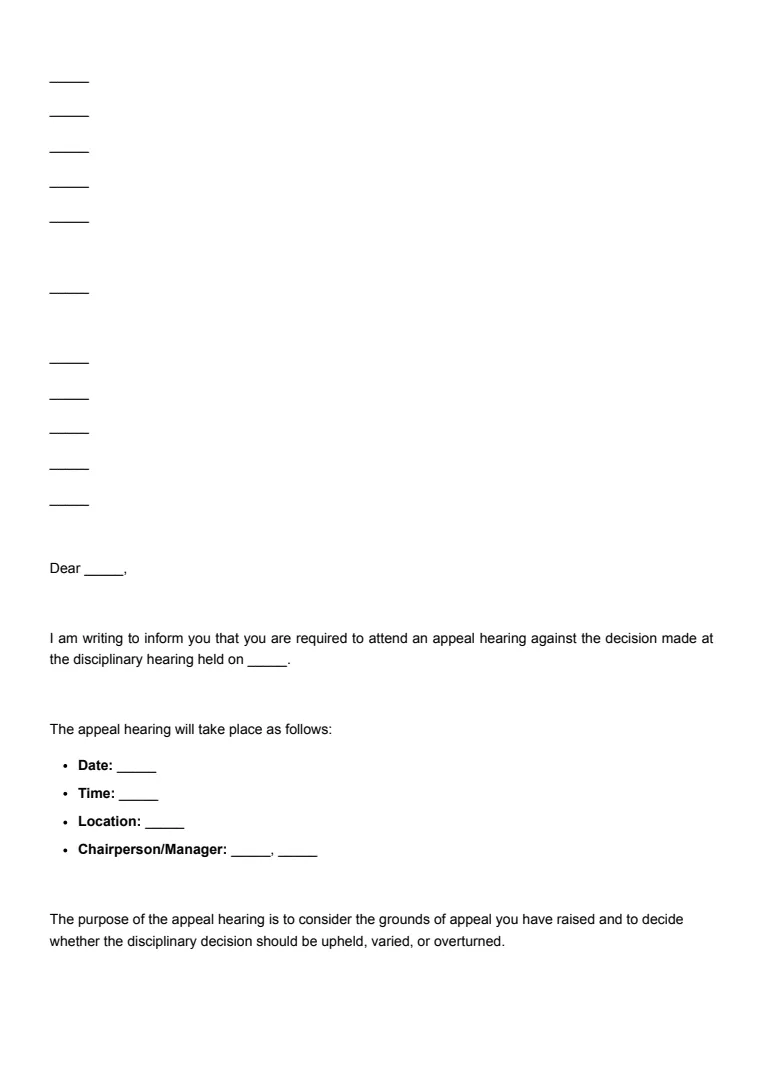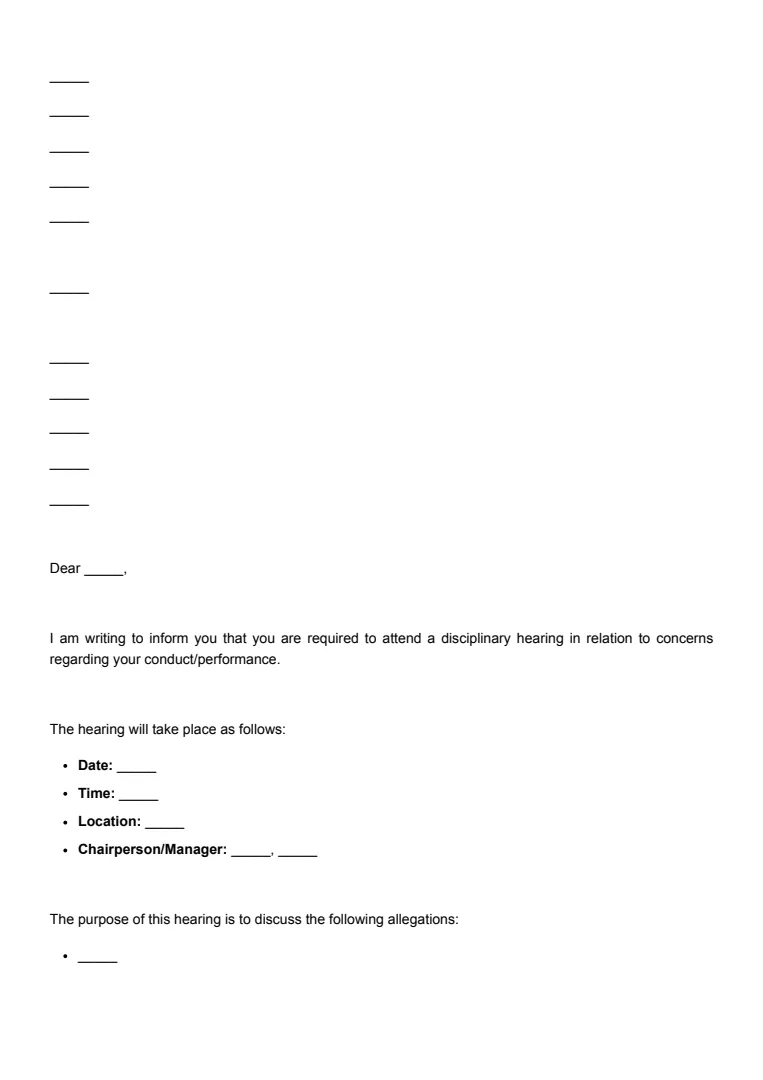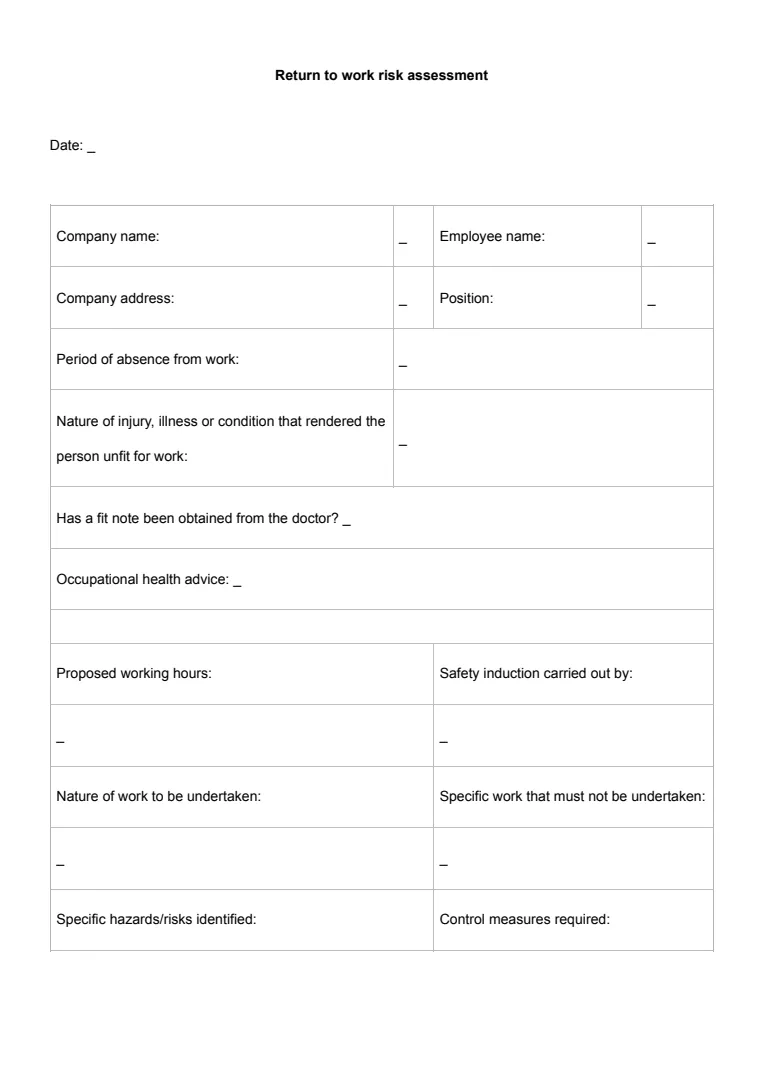What Is an Engagement Letter?
An engagement letter is essentially a written agreement that defines the professional relationship between a client and a service provider. It's commonly used in fields like finance, law, and consultancy, establishing clear terms and conditions.
The key purpose is to set out the expectations and responsibilities of each party involved. This document helps ensure there’s no confusion regarding what services are to be delivered and under what terms.
Here's a simple breakdown:
- Terms and Conditions: Outlines what you as a client can expect, including any agreed deadlines or deliverables.
- Costs and Fees: Provides a comprehensive list of expenses, ensuring there are no unexpected charges.
- Scope of Services: Clearly details what services are included, preventing scope creep.
Engagement letters are less formal than contracts, yet they’re equally important. Once signed, they become legally binding, adding a layer of protection for you, whether you’re the client or the service provider.
It’s like the handshake of the modern business world, ensuring all parties are on the same page right from the start.
By using an engagement letter, you minimise the risk of misunderstandings and establish a solid foundation for your professional relationship.
When Is an Engagement Letter Needed?
Engagement letters are crucial whenever entering into a new client relationship, especially in fields like accounting, law, or consulting. Whenever you're about to provide a service, spelling out the terms and conditions can help prevent misunderstandings.
It's also essential whenever there's a change in the scope of work midway through an assignment. An amended engagement letter ensures that both parties are on the same page.
Whenever you anticipate a long-term relationship requiring frequent transactions, defining the period of engagement is beneficial. This way, everyone knows the expected duration of the service and when renewals might be necessary.
Client identification is another situation where engagement letters come in handy. It helps clarify who the service is being provided to, especially if you're working with organisations where multiple individuals might be involved.
If you're ending a professional relationship, a disengagement letter might be necessary. It's essentially the closing bracket to the previously agreed terms, ensuring all parties acknowledge the end of an agreement.
How to Write an Engagement Letter
If you’re a service provider, you can create a clear and comprehensive engagement letter by following these steps.
Step 1: Identify the Parties Involved
Start by clearly identifying the parties involved. Include the names and contact details of both you and your client.
This lays the foundation for the contract and helps prevent any confusion later.
Step 2: Define the Scope of Services
Clearly define the scope of services you’ll provide. Be specific about tasks, responsibilities, and deadlines.
This helps set the right expectations and avoids scope creep by outlining what is and isn’t included.
Step 3: Set Out the Fee Structure
Clearly state the fee structure, whether it’s a flat fee, hourly rate, or based on milestones.
Ensure that the compensation is understandable, and specify associated costs and payment terms to avoid confusion and ensure smooth financial dealings.
Step 4: Detail the Terms of Engagement
Include obligations for both you and your client, including timings and any conditions that might affect the delivery of services.
This section is crucial for maintaining transparency and guidance in conduct.
Step 5: Address Communication Protocols
Specify communication protocols to streamline interactions. Include preferred channels, frequency of updates, and any reporting requirements.
This helps maintain a healthy and productive working relationship.
Step 6: Include Signatures and Dates
Add a section at the end for signatures and dates. This allows both parties to formally acknowledge and accept the terms, solidifying the agreement officially.
Step 7: Save a Copy for Future Use
Save a copy of the agreement to ensure consistency across future engagements. Reusing a well-structured letter of engagement template can improve efficiency and help maintain a standard for all client relationships.















